When cooking at higher altitudes, you'll need to make five essential temperature adjustments to your recipes. First, lower your oven temperature by 25°F for every 5,000 feet above sea level since water boils at a lower point. Second, increase your cooking time by up to 25% to compensate for the lower boiling point. Third, use tight-fitting lids to prevent moisture loss. Fourth, add extra liquid to your recipes, as foods dry out faster at altitude. Fifth, always verify doneness with a food thermometer rather than relying on standard timing. These basics will set you up for success, but there's much more to mastering high-altitude cooking.
Solar Temperature Base Measurements
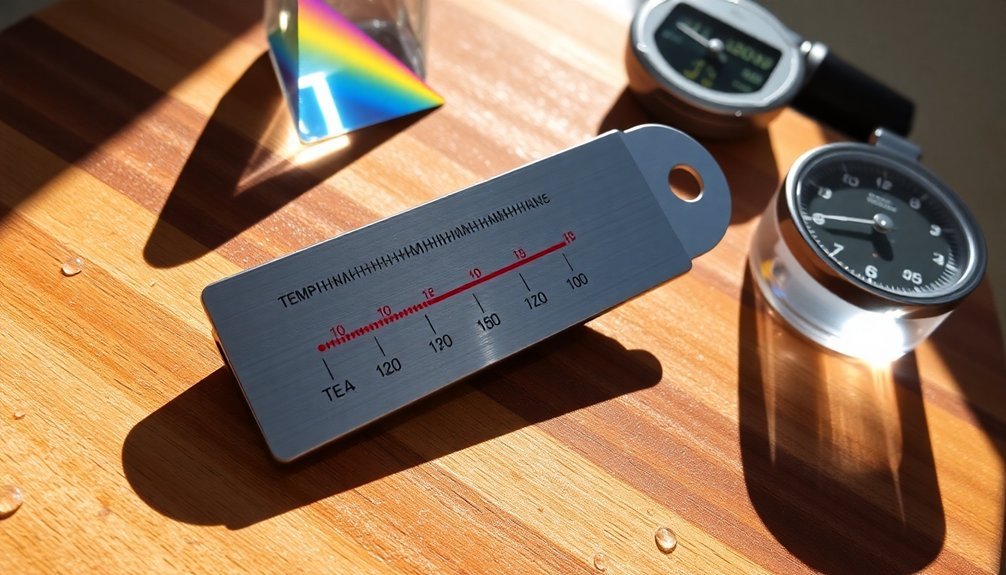
How do solar cookers achieve such a wide range of cooking temperatures? Different types of solar cookers are engineered to capture and concentrate sunlight in specific ways.
Box cookers with transparent tops can reach 165°C, while parabolic designs soar to 400°C for high-heat cooking like grilling and searing.
You'll get the best results using matte black cookware to maximize heat absorption, and proper insulation is essential to maintain your target temperature.
Adding reflectors will boost heat concentration, while the cooker's geometry determines how effectively it focuses sunlight. Using advanced thermal coatings, like activated-carbon-coated aluminum, can dramatically increase cooking efficiency.
Vacuum tube cookers offer versatility even in challenging weather, and you can calculate your cooker's power by multiplying temperature by the insolated area.
For large-batch cooking, you'll need a bigger cooker since the insolated area directly impacts cooking capacity.
Altitude Impact On Cooking Times
While solar cooking relies heavily on temperature control, altitude plays an equally important role in your cooking success.
You'll need to adjust your cooking times considerably as you move higher above sea level, where water boils at lower temperatures. For every 500 feet of elevation gain, water's boiling point drops by 1°F, reaching just 203°F at 5,000 feet.
You'll find that most recipes require up to 25% more cooking time at high altitudes. For instance, your pasta might need 10 minutes instead of 7 to reach al dente at 3,000 feet. Consulting a nutrition expert or dietitian can help you navigate specific recipe adjustments for your altitude.
To combat moisture loss in the drier high-altitude air, you should keep dishes covered with tight-fitting lids and add extra liquid when roasting.
Always use a food thermometer to verify your meats and poultry reach safe temperatures.
Seasonal Solar Intensity Variations
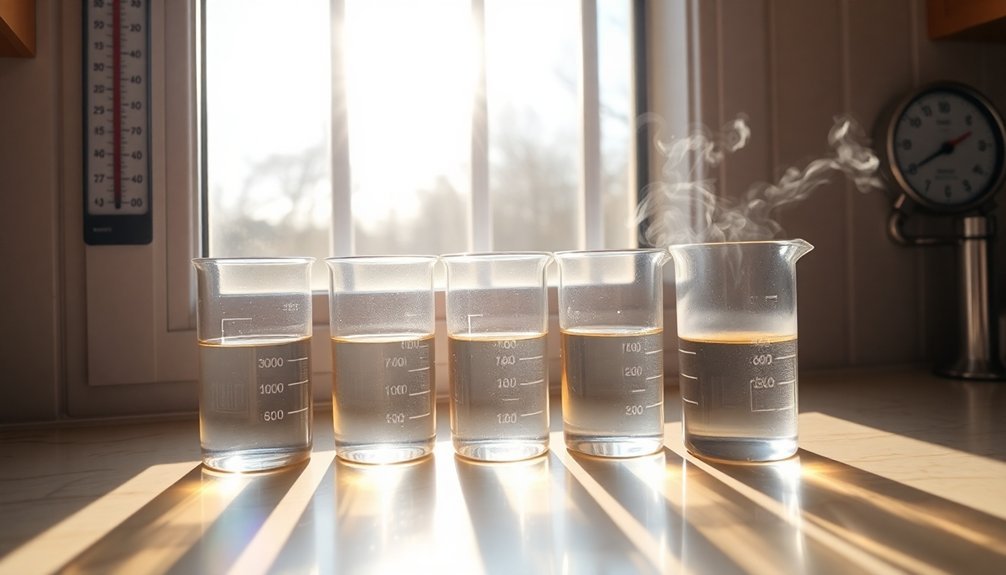
Because solar intensity varies greatly throughout the year, you'll need to adapt your cooking schedule and methods accordingly.
During winter months, you'll face lower sun angles and reduced solar intensity, making cooking times longer. Using high-altitude clear skies can help offset some winter limitations. In contrast, summer offers more direct sunlight and extended cooking windows, especially if you're closer to the equator.
Your location's climate considerably impacts solar cooking success. Consider these key adjustments:
- Start cooking earlier (around 10 AM) during shorter seasons.
- Track the sun more frequently in winter to maintain ideal exposure.
- Break complex recipes into multiple cooking sessions when sunlight is limited.
If you're in cloudy regions like the Pacific Northwest, you'll need to plan more carefully than those in sunny desert locations.
Reflector Angle Position Changes
To achieve perfect solar cooking performance, you'll need to carefully position your reflector angles based on several key factors. Your reflector must accommodate a ±15° angular tolerance to allow for two-hour unattended cooking periods and solar movement variations.
When adjusting your reflector, consider your cookware's shape and size. Deep dark pots work better than shallow or shiny ones, as they've greater angular tolerance. You'll want your reflector to "cuddle" around the cookware, extending more toward the pot cover and less at the bottom.
Set your front mirror's angle to match the lowest solar altitude (around 50°) and adjust your back and side mirrors to capture maximum solar flux at higher angles.
Remember to keep the design practical – make sure your mirrors remain stable and can be easily assembled while maintaining ideal angles for your typical cooking conditions.
Weather Pattern Heat Adjustments
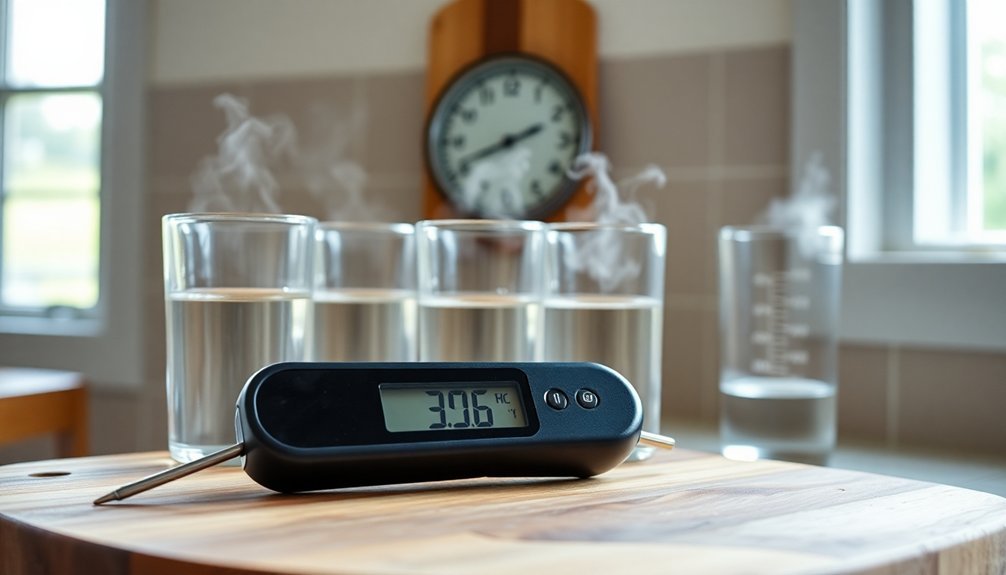
Understanding weather patterns is essential for adjusting your cooking methods during extreme temperatures. When you're dealing with high heat and humidity, both your kitchen's temperature and your oven's performance can be greatly affected.
You'll need to monitor the Heat Index, which factors in relative humidity with air temperature, to make informed adjustments to your cooking routine.
Consider these critical adaptations:
- Lower your oven temperature by 5-10 degrees if your kitchen temperature exceeds 85°F, as ambient heat affects cooking efficiency.
- Allow for longer cooking times when humidity is high, as moisture levels impact how heat transfers to your food.
- Guarantee proper ventilation around your appliances, as restricted airflow in hot weather can reduce their effectiveness by up to 15%.
Frequently Asked Questions
How Do Different Pan Materials Affect Baking Temperatures at High Altitudes?
You'll need to lower temperatures for glass and non-stick pans, while keeping them higher for aluminum and stainless steel. Adjust baking times accordingly, as different materials conduct and retain heat uniquely at altitude.
Should Yeast Amounts Be Adjusted Differently Than Chemical Leavening Agents?
Yes, you'll need to adjust yeast and chemical leaveners differently. Reduce yeast by 25% to control fermentation, while chemical leaveners like baking powder should be decreased by 1/8 to 1/2 teaspoon per teaspoon used.
Does Altitude Affect the Temperature Needed for Proofing Bread Dough?
You'll want to proof your dough at slightly lower temperatures at high altitudes since fermentation happens faster due to lower air pressure. Watch your dough closely, as it'll rise more quickly than at sea level.
Can Altitude Changes Impact the Shelf Life of Baked Goods?
Yes, you'll find your baked goods have a shorter shelf life at higher altitudes due to faster moisture loss. They'll become stale more quickly, so you'll need to store them carefully in airtight containers.
How Does Humidity Affect Temperature Adjustments at Different Altitudes?
You'll need to adjust temperatures more at higher altitudes when humidity is high, as it affects heat distribution and cooking times. Higher humidity slows evaporation and can impact how heat penetrates your food.
In Summary
You'll need to carefully monitor these five key temperature factors when cooking at different altitudes with solar energy. Make adjustments to your base measurements, cooking durations, and reflector positions based on seasonal changes and weather conditions. Remember, you're working with variable heat sources, so you'll want to keep detailed notes of successful modifications for future reference and consistent results.

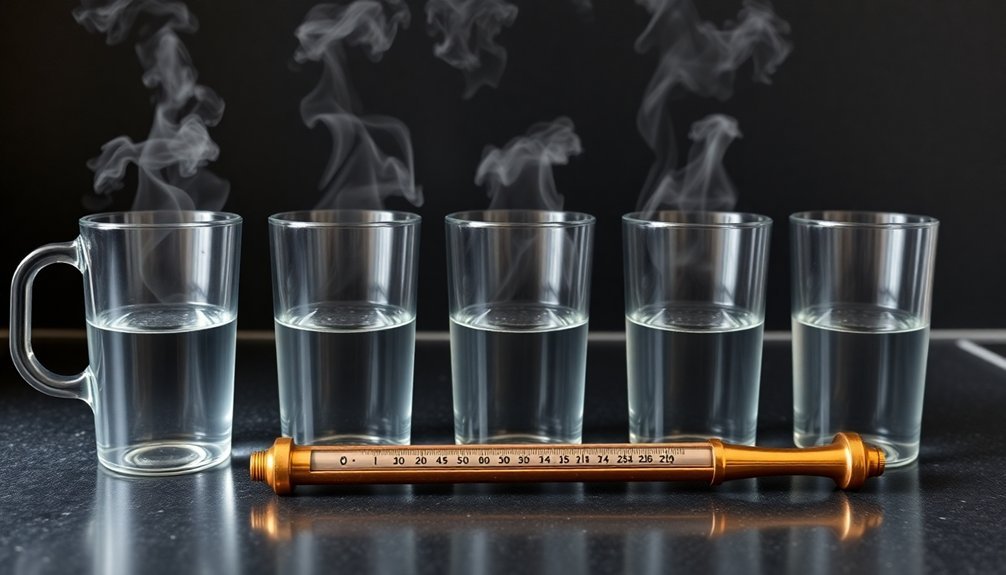
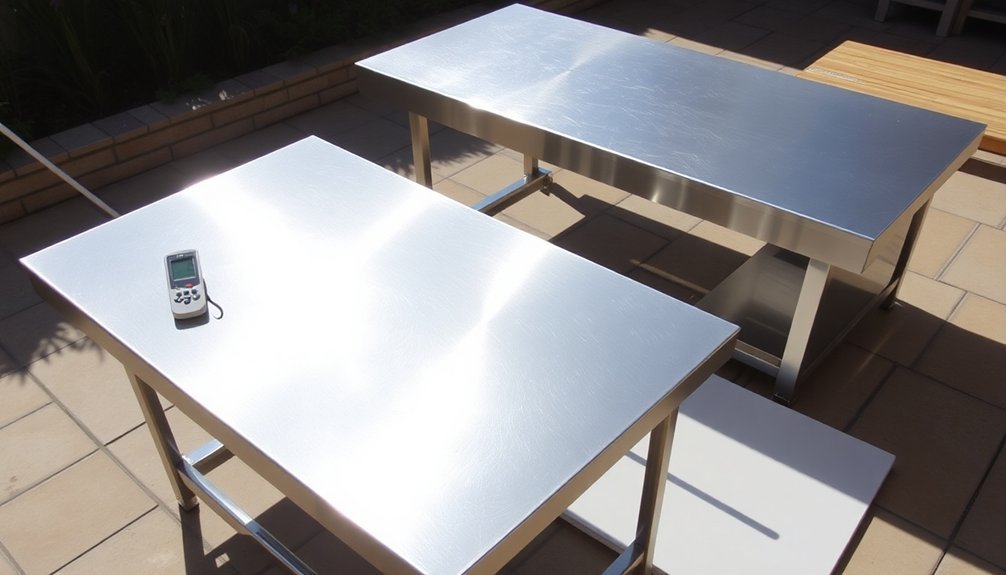
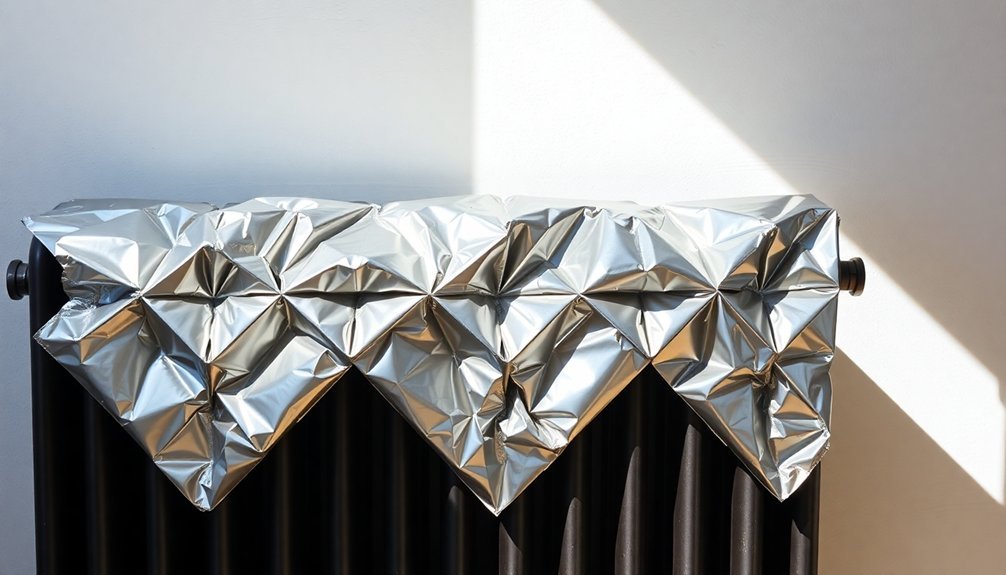

Leave a Reply